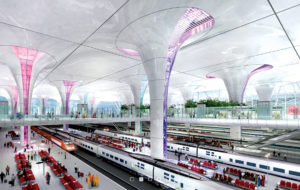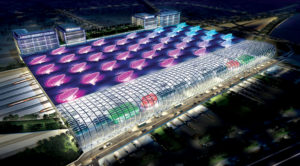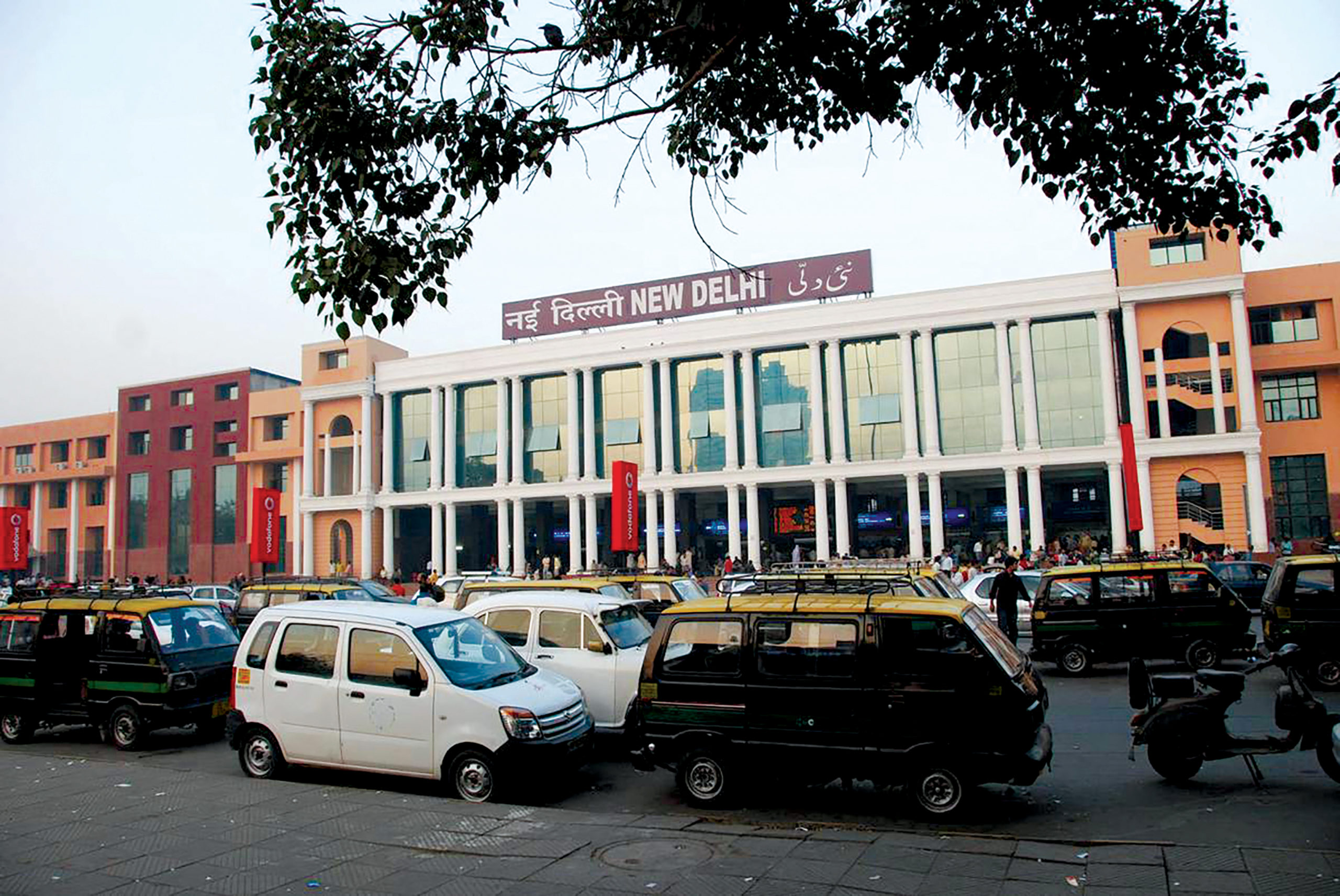PLANS TO REDEVELOP THE NEW DELHI RAILWAY STATION FAIL TO MENTION CROWD MANAGEMENT DURING CONSTRUCTION AND THE FUTURE OF PORTERS
THE NEW Delhi Railway Station is set to get a major facelift. The plan comes over 10 years after the Congress government had given Farrells, a British firm, the charge for a makeover before the Commonwealth Games.
This time around, the BJP government at the Centre has plans to give the station a completely new look. Farrells is a key developer along with a UK company Arup and SMEC. According to Arup’s website, the aim is to make it an “urban icon for a modern, vibrant city.”
Soon, the days of walking into the station while men, women and children sit on the floor by the entrance and the platforms, for lack of seating, would be gone. Hopefully, so will the unplanned movement of passengers who are either inbound or outbound, colliding with each other.
There is, however, one problem: What happens to the porters? With all things new, would the old be vanquished? While they are licensed, the porters are not directly employed by the railways. This could be an ideal time for them to be taken in by the ministry, or they may end up losing their jobs when the new, improved and modernised facilities come up.
The project will be under a public/private partnership model for commercial development and of course for better revenue generation for developers.
But the project is set to take place in phases so as to allow the continual use of the bustling station, and so it will be some time before we see a shiny new station. This also gives the government enough time to think about those who have made the train station their office.
According to Arup’s website there are plans of including modern office space, high-quality accommodation and facilities for railway staff at the site. On completion, the station will include 18 platforms and handle more than 5 lakh passengers per day, Arup says.
Then there’s Farrells, whose long list of achievements include Punggol Station in Singapore and even the Singapore High-speed Rail Terminus, the Gatwick Airport in London, and Doha Metro.
Back in 2007, when it was given the assignment of modernising the New Delhi Railway station, which it finished in 2009, Farrells was given the task to increase the station’s ‘capacity and flexibility, facilitate inter-modal transfer, and improve station amenity and sustainability’.

The new project though, is a complete overhaul of the railway station, the first station which will be made over under the Ministry of Railways’ World-class Station programme, part of the Government’s 11th five-year plan for infrastructure improvement on Indian Railways.
Arup sources says it is preparing the masterplan and concept layout plan for the redevelopment of the station and its adjacent 86 hectares.

The initial bids for this Rs 6,500 crore project will reportedly take place in a few months. This news comes just a few months after NITI Ayog’s CEO Amitabh Kant had last year written to the Railway Board chairman VK Yadav, to take up the matter of developing at least 50 stations on a priority basis. He had even criticised the slow pace of redevelopment.
Since then the The Indian Railway Stations Development Corporation Ltd (IRSDC), one of the government entities responsible for station redevelopment, has invited request for qualification (RFQ) for redevelopment of stations in Nagpur, Gwalior, Amritsar and Sabarmati, at an indicative cumulative cost of around Rs 1,300 crore.
Farrells’ website shows the plan they have envisaged. With glass ceilings and atrium gardens, the station will include an elevated concourse with segregation of arriving and departing passengers.
At present the New Delhi station has a footfall of 5 lakh passengers with 275 trains reaching its 16 platforms in a day, according to a study by a former student of School of Planning and Architecture, Rohit Anand, co-authored by Prof Sanjay Gupta, the school’s Transport Planning head.
Interestingly this study found that people had trouble understanding facilities like vending machines, as there was a “high percentage of illiteracy”. But while one may question the plans to introduce high tech facilities which many users may not understand, there is also a need for this very modernisation.

The study also had pointed out that there was a loss of efficiency in platforms due to mixed use, like shops, utilities, waiting areas etc. provided on platforms itself and also the absence of adequate hold-up areas for crowd management. So, the plans to streamline the exit and entry points, and also to offer a different area for recreation would make train travel less nerve-wracking.
How will the authorities continue building while trains go about their usual duties, and how will they ensure that travel experience is not hampered is a mystery. So is the fate of porters, who find no mention in the modernisation plans. ■





